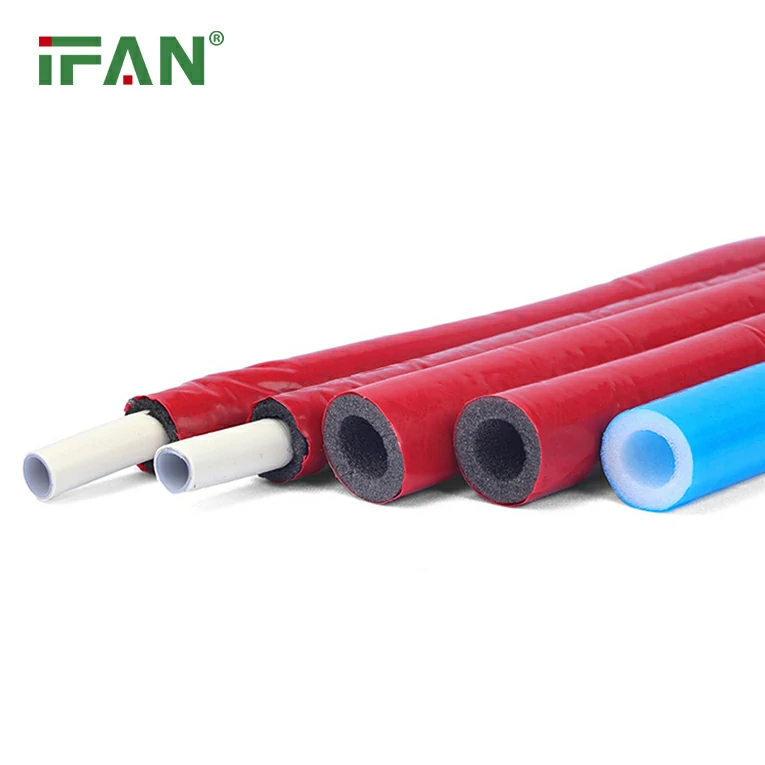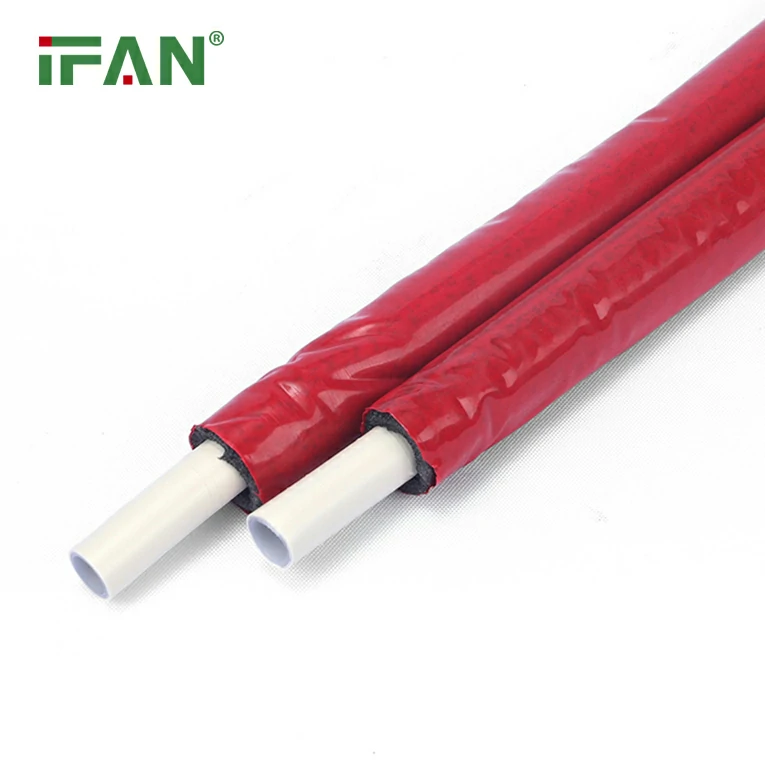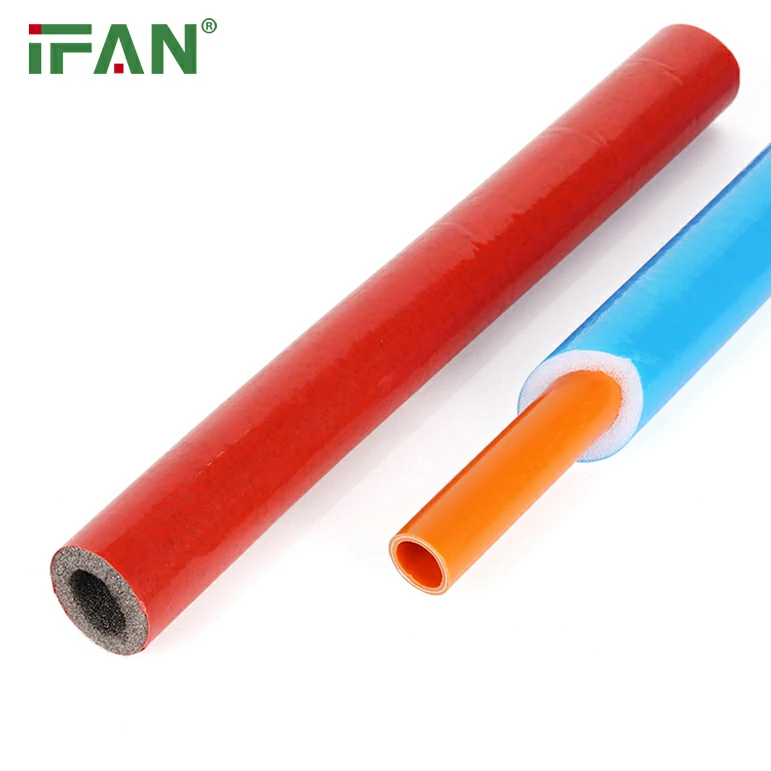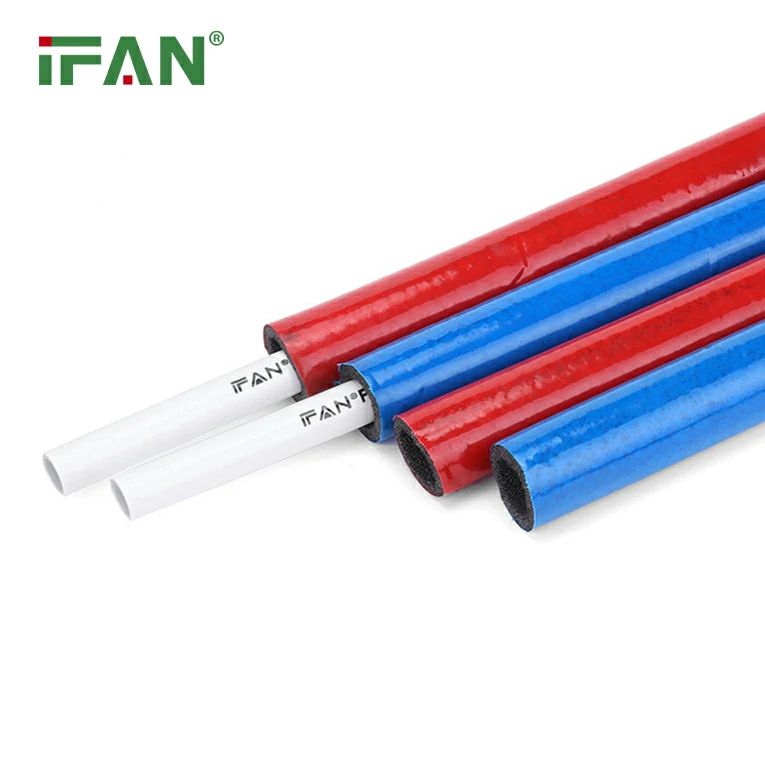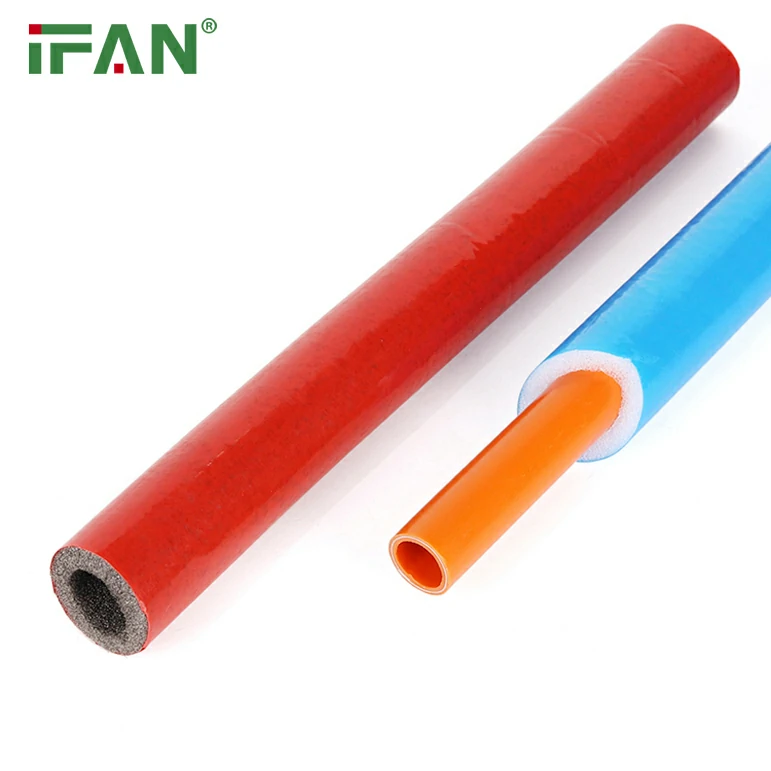Introduction
As the plumbing industry evolves, the debate over piping materials continues to intensify, particularly between PEX (crosslinked polyethylene) and PPR (Polypropylene Random Copolymer) pipes. While PEX has become a popular choice for many plumbing applications due to its flexibility and ease of installation, concerns about its long-term durability and potential chemical leaching have prompted some professionals to reconsider their options. In this article, we will explore the advantages of PPR pipes, their applications, and how they serve as a reliable alternative to PEX.
Understanding PEX Pipes
What are PEX Pipes?
PEX pipes are a type of flexible plastic piping that has gained significant traction in residential and commercial plumbing systems. Made from crosslinked polyethylene, PEX pipes are known for their versatility, durability, and resistance to corrosion. They are widely used for hot and cold water distribution and have become a go-to choice for many contractors due to their ease of installation.
Advantages of PEX Pipes
- Flexibility: PEX pipes can be bent and shaped easily, allowing for fewer joints and fittings in plumbing installations. This flexibility reduces the risk of leaks and makes installation quicker and more efficient.
- Corrosion Resistance: Unlike metal pipes, PEX does not corrode or rust over time, which can lead to longer-lasting plumbing systems and reduced maintenance costs.
- Thermal Efficiency: PEX pipes are excellent insulators, helping to maintain the temperature of hot water and reducing energy costs.
- Reduced Noise: The flexibility of PEX also dampens sound, resulting in quieter plumbing systems.
- Cost-Effectiveness: PEX is often less expensive than traditional piping materials, making it an attractive option for homeowners and contractors alike.
The Concerns Surrounding PEX Pipes
Despite the advantages of PEX, there are growing concerns about its long-term safety and performance. Some of the most pressing issues include:
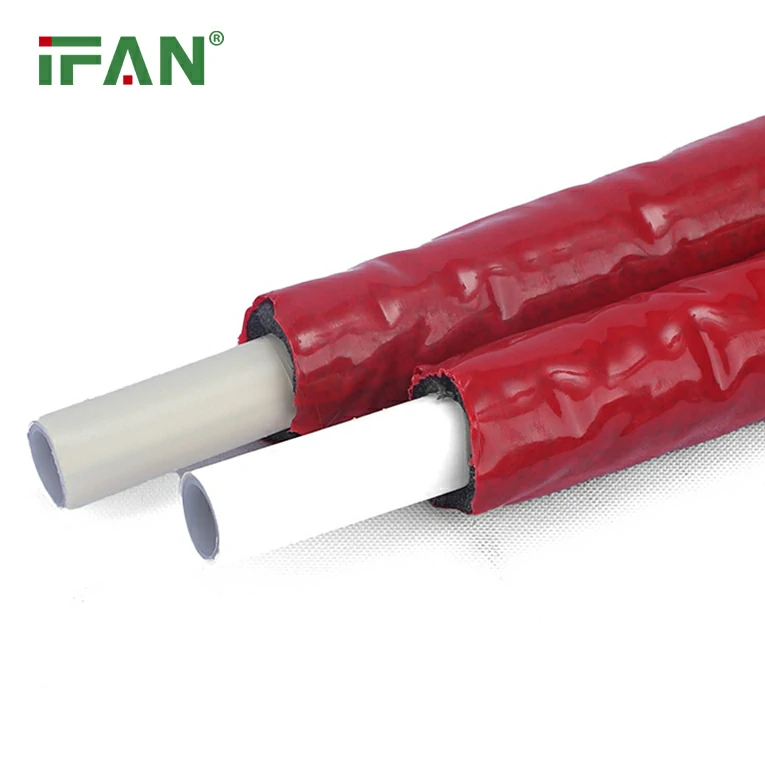
1. Chemical Leaching
One of the most significant concerns regarding PEX pipes is the potential for chemical leaching. Studies have indicated that certain chemicals used in the manufacturing of PEX can leach into drinking water, particularly when exposed to high temperatures. This has raised alarms among health officials and consumers alike, leading to calls for more stringent testing and regulation of PEX products.
2. UV Sensitivity
PEX pipes are sensitive to ultraviolet (UV) light, which can degrade the material over time. This makes PEX unsuitable for outdoor applications unless it is adequately protected from sunlight.
3. Limited Temperature Range
While PEX can handle a range of temperatures, it is not as tolerant of extreme heat as some other materials. This can be a concern in certain applications where high temperatures are consistently present.
Introducing PPR Pipes
What are PPR Pipes?
PPR pipes, or Polypropylene Random Copolymer pipes, are another type of plastic piping used in plumbing systems. They are known for their excellent chemical resistance, durability, and thermal insulation properties. PPR pipes are commonly used for both hot and cold water applications and are gaining popularity as an alternative to PEX.
Advantages of PPR Pipes
- Chemical Resistance: PPR pipes are highly resistant to a wide range of chemicals, making them suitable for various applications, including industrial and potable water systems.
- Longevity: PPR pipes have a lifespan of over 50 years, making them a reliable choice for long-term plumbing solutions.
- Thermal Insulation: PPR provides excellent thermal insulation, helping to maintain the temperature of the water and reducing energy costs.
- Lightweight and Easy to Handle: PPR pipes are lightweight, which makes them easy to transport and install.
- Recyclability: PPR is fully recyclable, contributing to sustainable construction practices.
Performance Comparison: PEX vs. PPR
When comparing PEX and PPR pipes, several factors come into play:
- Flexibility: PEX is more flexible than PPR, allowing for easier installation in complex plumbing layouts. However, PPR’s rigidity can provide more stability in certain applications.
- Temperature Tolerance: PPR pipes can handle temperatures up to 80°C (176°F), while PEX pipes can handle temperatures up to 95°C (203°F). This makes PEX a better choice for high-temperature applications.
- Chemical Leaching: PPR pipes have a lower risk of chemical leaching compared to PEX, making them a safer option for drinking water applications.
- Connection Methods: PEX pipes require specific fittings and crimping tools, while PPR is typically joined using heat fusion methods. PPR’s connection methods can lead to fewer potential leak points.
Applications of PPR Pipes
1. Residential Plumbing
PPR pipes are increasingly being used in residential plumbing systems due to their durability and safety. They are ideal for both hot and cold water distribution, providing a reliable solution for homeowners.
2. Industrial Applications
PPR pipes are commonly used in various industrial applications due to their excellent chemical resistance. They are suitable for transporting chemicals, gases, and other substances without the risk of degradation.
3. HVAC Systems
PPR pipes are also used in heating, ventilation, and air conditioning (HVAC) systems. Their thermal insulation properties help maintain the temperature of fluids, improving energy efficiency.
4. Irrigation Systems
PPR pipes are suitable for irrigation systems, providing a durable and efficient solution for transporting water to agricultural fields and gardens.
5. Renewable Energy Systems
PPR pipes are increasingly being used in renewable energy systems, such as solar water heating systems, due to their resistance to high temperatures and chemicals.
The Future of Plumbing: Closing the PEX Loop with PPR Pipes
As the plumbing industry continues to evolve, the debate between PEX and PPR pipes is likely to persist. While PEX has established itself as a popular choice, the concerns surrounding its long-term safety and performance have led many professionals to explore PPR pipes as a viable alternative.
The Shift Towards PPR
The shift towards PPR pipes is gaining momentum as more builders and contractors recognize their advantages. With their excellent chemical resistance, longevity, and sustainability, PPR pipes are becoming an attractive option for various plumbing applications.
Regulatory Considerations
As awareness of the potential issues with PEX continues to grow, regulatory bodies may implement stricter guidelines for its use. This could further propel the adoption of PPR pipes, especially in residential and commercial plumbing systems.
Consumer Awareness
With consumers becoming more informed about the materials used in their plumbing systems, the demand for safer and more reliable options is increasing. PPR pipes, with their lower risk of chemical leaching and long lifespan, are well-positioned to meet this demand.
Conclusion
As the plumbing industry navigates the complexities of material selection, the debate between PEX and PPR pipes will continue to evolve. While PEX has its advantages, concerns about chemical leaching and long-term performance have led many to consider PPR pipes as a viable alternative. With their excellent chemical resistance, durability, and sustainability, PPR pipes are poised to play an increasingly important role in the future of plumbing.
Frequently Asked Questions (FAQs)
1. What are PPR pipes made of?
PPR pipes are made from Polypropylene Random Copolymer, a type of plastic known for its excellent chemical resistance and durability.
2. Can PPR pipes be used for hot water applications?
Yes, PPR pipes are suitable for both hot and cold water applications, with a maximum temperature tolerance of up to 80°C (176°F).
3. How long do PPR pipes last?
PPR pipes have a lifespan of over 50 years, making them a reliable choice for long-term plumbing solutions.
4. Are PPR pipes recyclable?
Yes, PPR pipes are fully recyclable, contributing to sustainable construction practices.
5. How do PPR pipes compare to PEX pipes?
While PEX pipes are more flexible and can handle higher temperatures, PPR pipes offer superior chemical resistance and have a lower risk of leaching, making them a safer option for drinking water applications.

